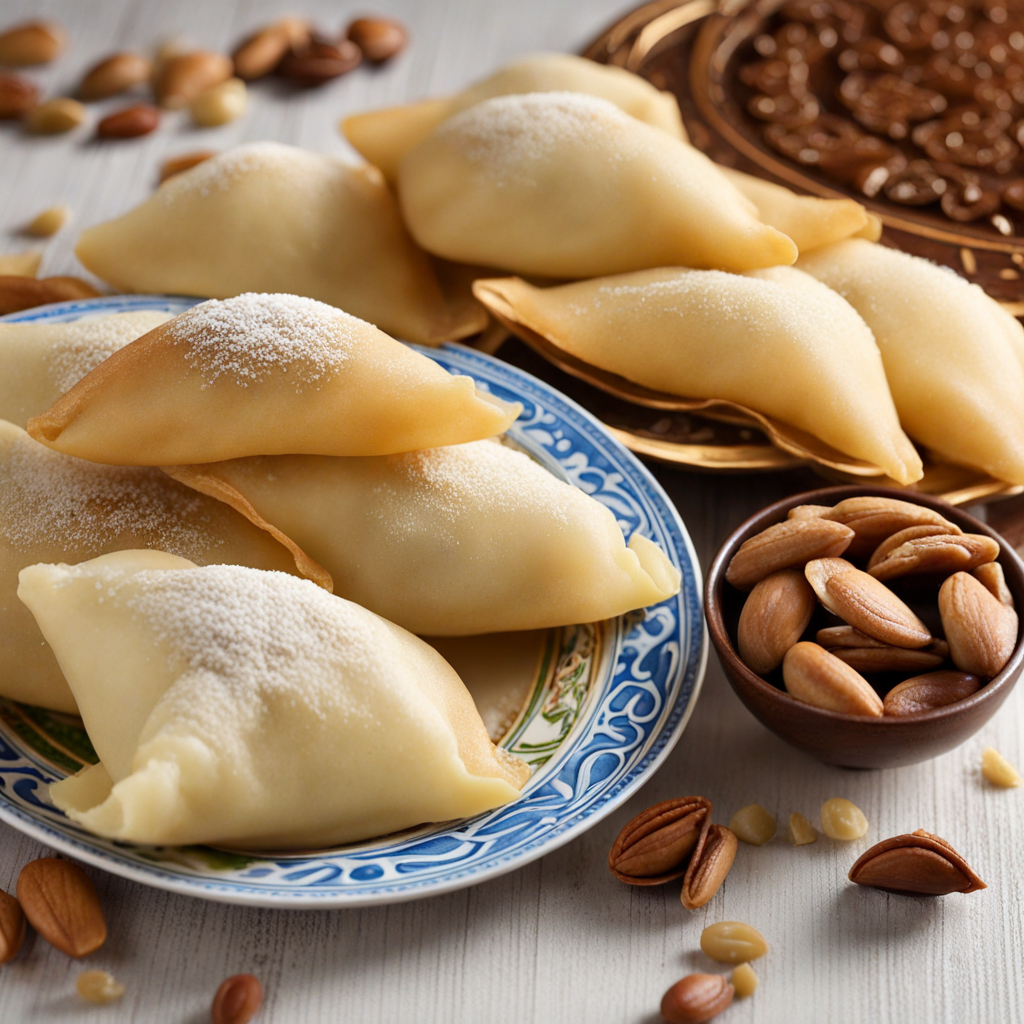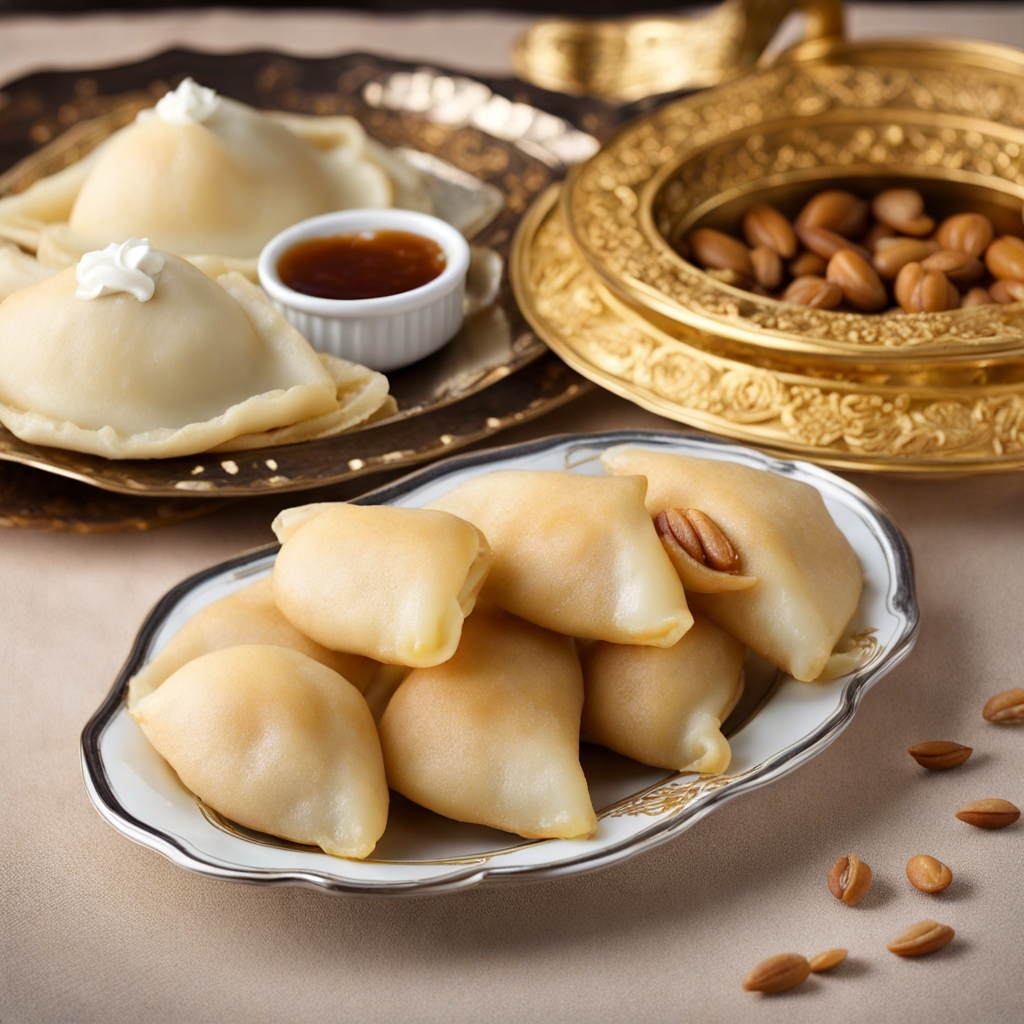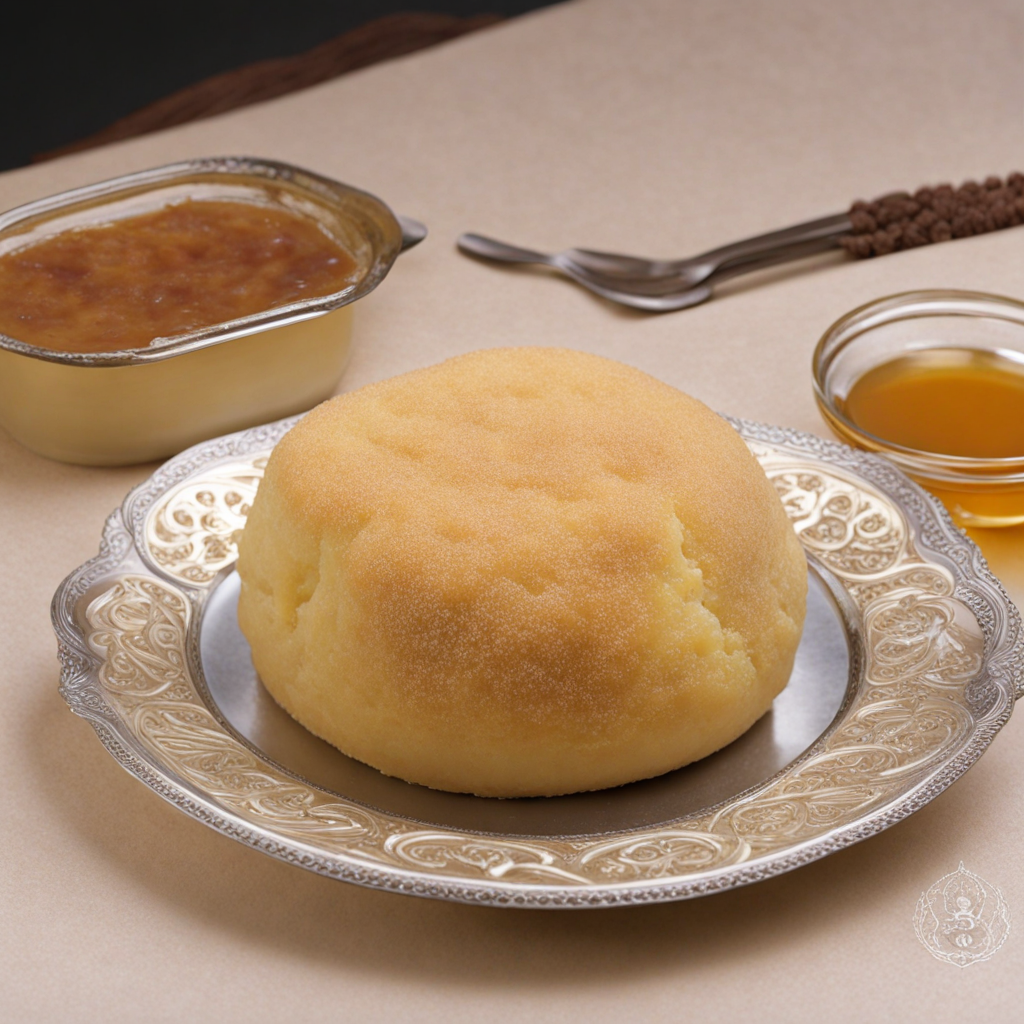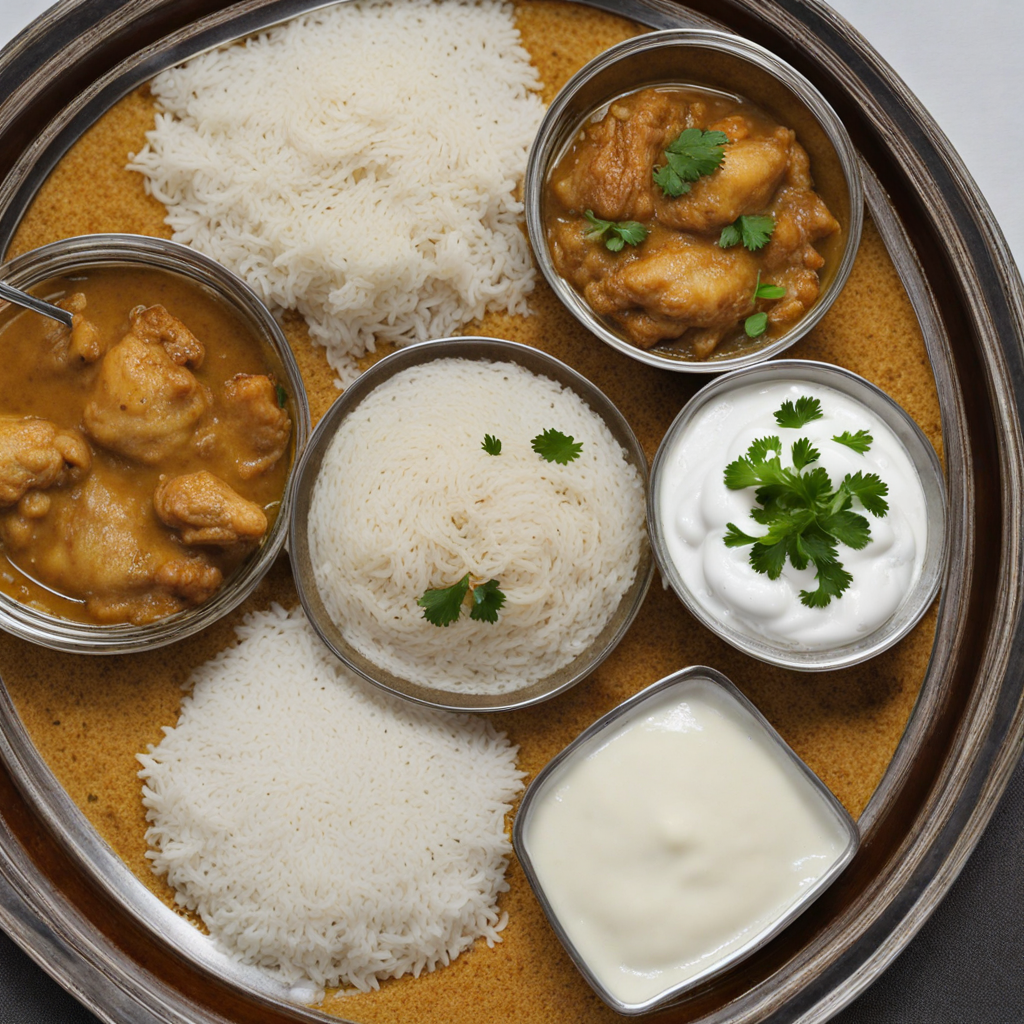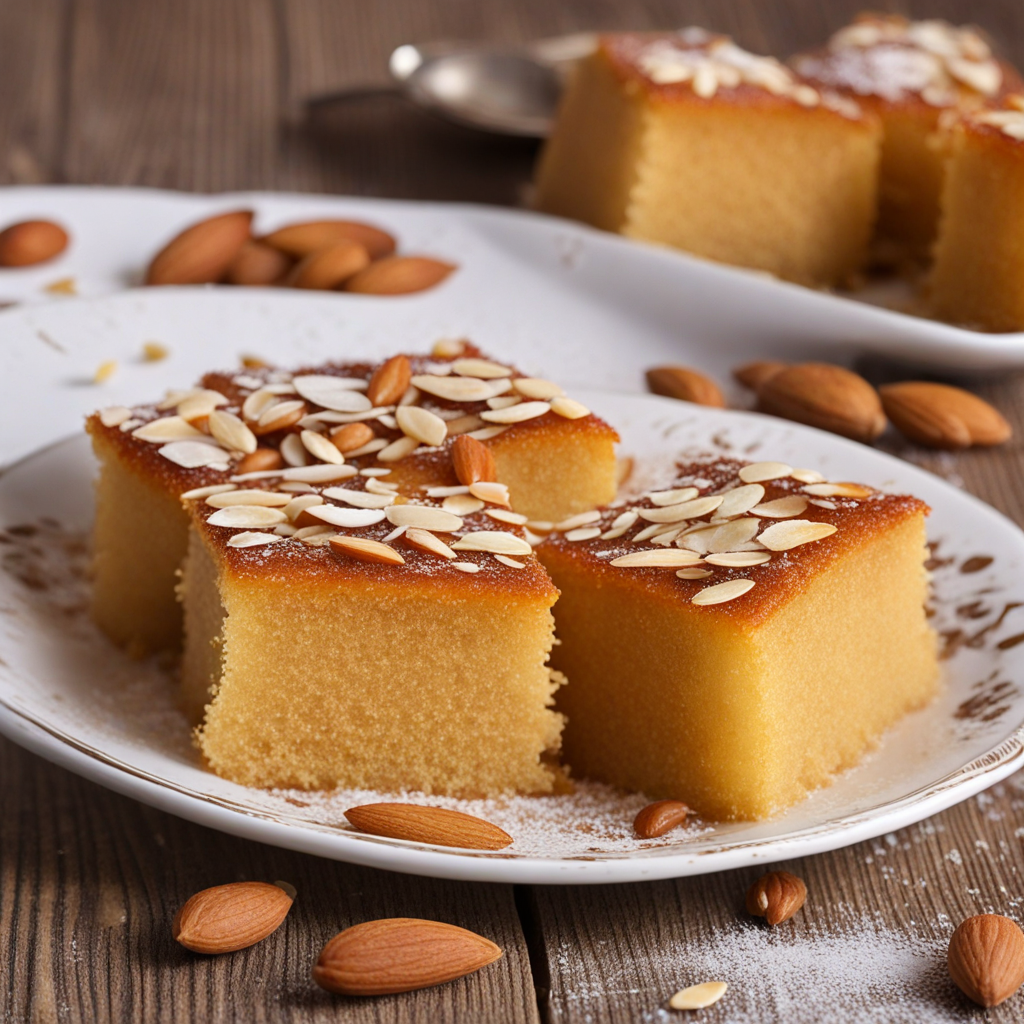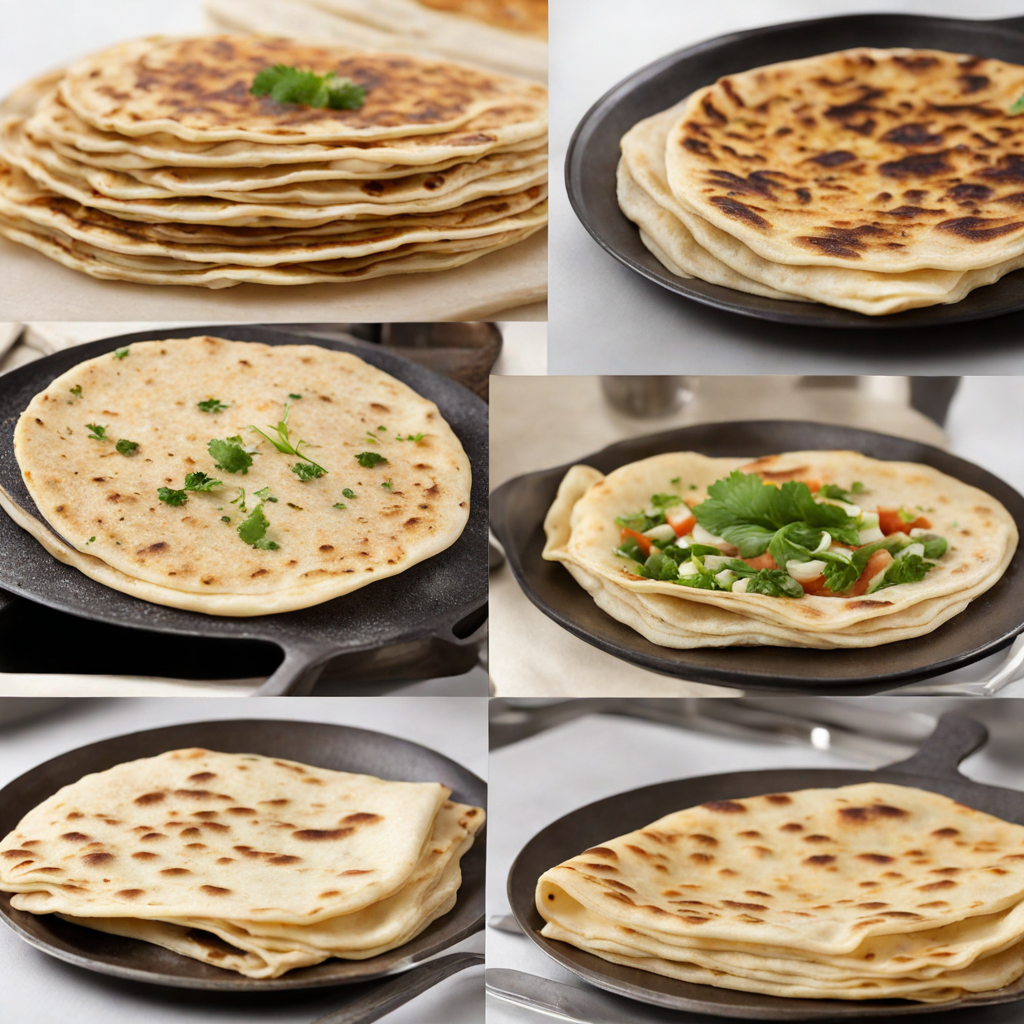Qatayef
Qatayef is a delightful traditional dessert that holds a special place in the hearts of many in Saudi Arabia, especially during the holy month of Ramadan. These delectable stuffed pancakes are made from a simple batter of flour, water, yeast, and a pinch of salt, creating a light and fluffy texture. The batter is poured onto a hot griddle, forming small, round pancakes that are cooked only on one side. This unique cooking method leaves the top surface moist and soft, creating the perfect pocket to hold various fillings. The fillings for Qatayef are where the magic truly happens. The most popular option is a sweet mixture of nuts, such as walnuts or pistachios, combined with sugar and cinnamon, providing a delightful crunch and aromatic flavor. Alternatively, some prefer a creamy, ricotta-like cheese filling that adds a rich and indulgent taste. Once filled, the pancakes are folded over and crimped to seal in the delicious contents. They can be enjoyed fresh or fried to golden perfection, offering a crispy contrast to the soft pancake exterior. To elevate the experience, Qatayef is often drizzled with a sweet syrup made from sugar and water, sometimes infused with rose or orange blossom water for an aromatic twist. The combination of the warm, stuffed pancakes with the sweet syrup creates a harmonious balance of flavors and textures that is simply irresistible. Whether enjoyed as a post-iftar treat during Ramadan or as a delightful snack year-round, Qatayef is a culinary treasure that promises to introduce you to the rich and diverse world of Saudi Arabian desserts.
How It Became This Dish
An Engaging History of قطايف (Qatayef) in Saudi Arabia Origin and Early History قطايف, or Qatayef, is a traditional delicacy deeply rooted in Arab culinary heritage, particularly prominent during the holy month of Ramadan. While its exact origins are difficult to pin down, it is widely believed that Qatayef emerged during the Umayyad Caliphate in the 7th century. The dessert is thought to have been inspired by ancient Arab customs of preparing various stuffed pastries, a practice that can be traced back to the early civilizations in the Arabian Peninsula and the Levant region. The name "Qatayef" is derived from the Arabic word "قطف," meaning "to pick" or "to pluck," which resonates with the concept of harvesting flavors from nature and combining them within the pastry. Initially, Qatayef was likely a simple dish, made of a basic batter cooked on a griddle, then filled with whatever ingredients were available, including nuts, cheese, or sweet fillings like dates and honey. Cultural Significance Qatayef holds a special place in Arab culture, particularly in Saudi Arabia, where it symbolizes hospitality and celebration. The dessert is particularly associated with Ramadan, the holy month of fasting, during which Muslims break their fast at sunset with a meal called Iftar. Traditionally, Qatayef is one of the first dishes served, signaling the joy of breaking the fast. Its preparation is often a communal activity, bringing families and friends together in the kitchen. Moreover, Qatayef serves not just as a delicious treat but also as a means of cultural expression. It reflects the rich tapestry of flavors that define Saudi cuisine, incorporating local ingredients and culinary techniques passed down through generations. The dessert's evolution over time has mirrored societal changes, adapting to modern tastes while retaining its traditional essence. Development Over Time As the centuries progressed, Qatayef underwent various transformations, influenced by the regions and cultures it encountered. In the Ottoman Empire, for instance, the dessert gained popularity among diverse communities and began to assume various forms. The fillings expanded from simple nuts and cheese to include more elaborate mixtures, such as sweetened cream, chocolate, and even fruit. In Saudi Arabia, Qatayef is typically prepared as small pancakes made from a yeasted batter that is cooked on one side until bubbles form, creating a soft, spongy texture. This is essential for holding the fillings, which are placed on the uncooked side. The filled pancakes are then folded into a half-moon shape and either deep-fried until golden brown or left un-fried and served with syrup or honey. In the late 20th century, as Saudi society became more influenced by globalization, Qatayef experienced a resurgence in popularity, particularly among the younger generation. Street vendors and cafes began to offer a wider range of fillings, including modern twists like Nutella, cookies and cream, and fruit-infused creams. The dessert also gained a presence at various food festivals and cultural events, showcasing its adaptability and enduring appeal. Regional Variations While Qatayef is a beloved dessert across the Arab world, each region has its unique take on the dish. In Saudi Arabia, it is often filled with a mixture of nuts, primarily walnuts and pistachios, and served with a drizzle of simple syrup. In contrast, in Lebanon, Qatayef may be filled with a sweet cheese mixture and topped with syrup infused with rose or orange blossom water, adding a fragrant dimension to the dish. Moreover, the method of preparation varies; in some areas, Qatayef is baked instead of fried, resulting in a different texture and flavor profile. In Egypt, Qatayef is often larger and can be found in various sweet or savory forms, further showcasing the dish’s versatility. Modern-Day Qatayef Today, Qatayef continues to be a staple during Ramadan in Saudi Arabia, where families gather to prepare the delicacy together, sharing recipes that have been handed down through generations. The communal aspect of making Qatayef deepens the connection to cultural heritage, reminding younger generations of the significance of tradition in their lives. With the rise of social media, Qatayef has also captured the attention of food enthusiasts worldwide. Food bloggers and culinary influencers share their versions of this iconic dish, experimenting with flavors and presentations that resonate with a contemporary audience. This has led to a fusion of traditions, where Qatayef is no longer confined to Ramadan but is enjoyed year-round as a symbol of indulgence and celebration. Moreover, the rise of gourmet food trucks and specialized dessert shops has introduced innovative interpretations of Qatayef, with chefs crafting unique fillings and toppings that cater to modern palates. This evolution reflects a broader trend in food culture, where traditional dishes are reimagined to appeal to new generations while preserving their cultural significance. Conclusion Qatayef is more than just a dessert; it is a culinary emblem of shared history, cultural identity, and familial bonds. With its origins rooted in ancient Arab traditions and its evolution shaped by various influences, Qatayef continues to thrive as a symbol of celebration and togetherness, particularly during Ramadan. As it adapts to contemporary tastes and preferences, Qatayef serves as a reminder of the importance of food in storytelling and cultural continuity. Whether enjoyed in a bustling street market or at a family gathering, Qatayef remains a cherished part of Saudi Arabian cuisine, embodying the rich flavors and traditions that define the region's culinary landscape. Through its journey from ancient times to modern-day kitchens, Qatayef stands as a delicious testament to the enduring power of food to unite people across generations and cultures.
You may like
Discover local flavors from Saudi Arabia


